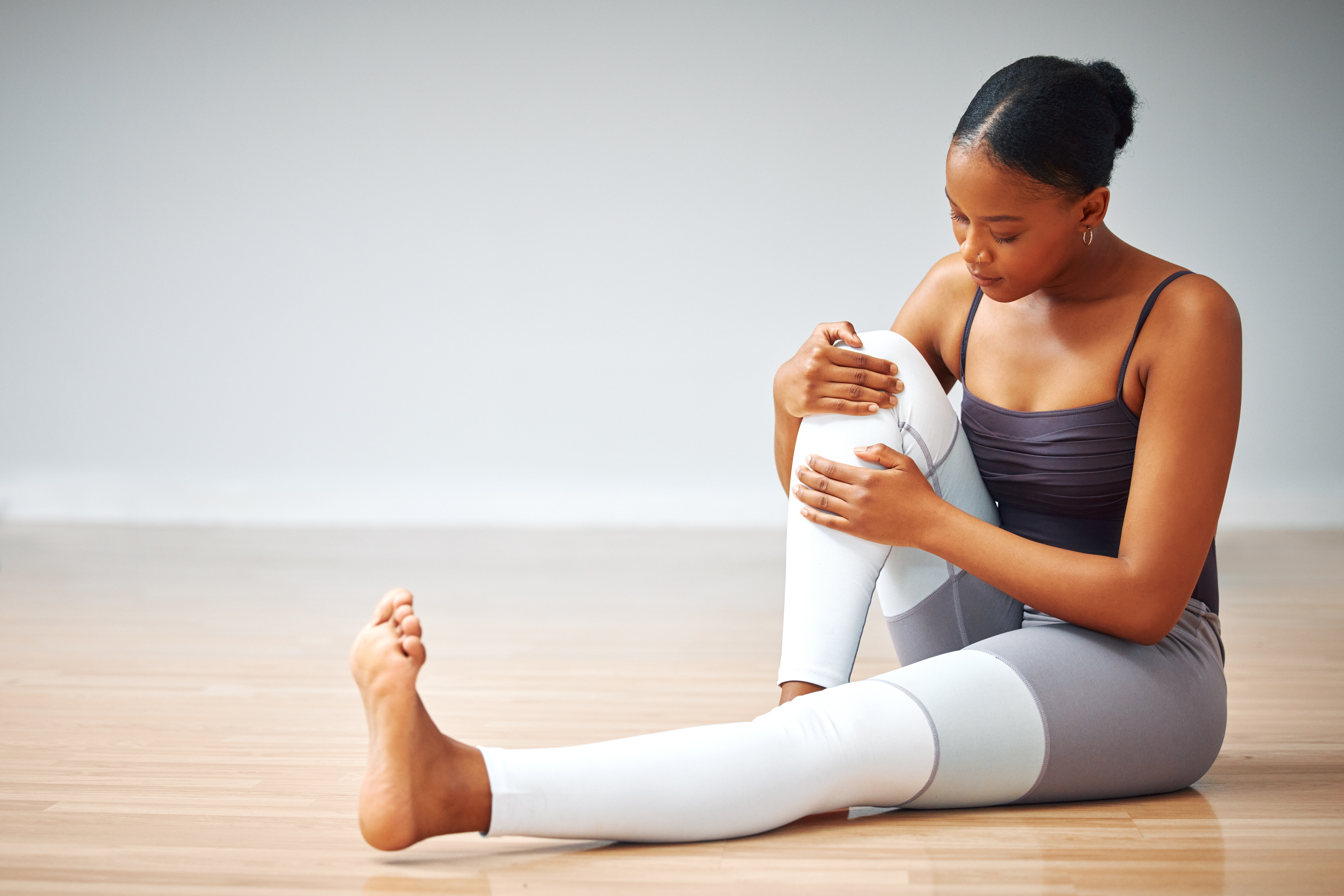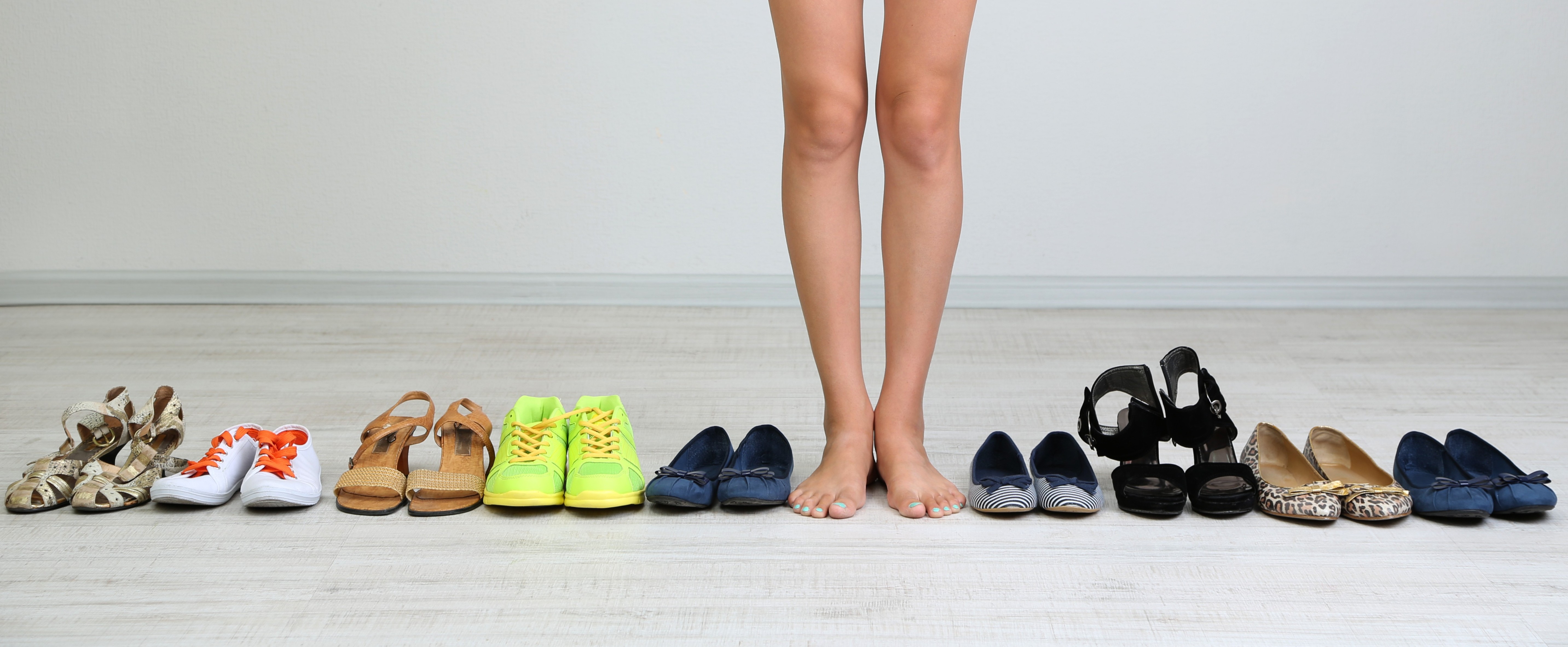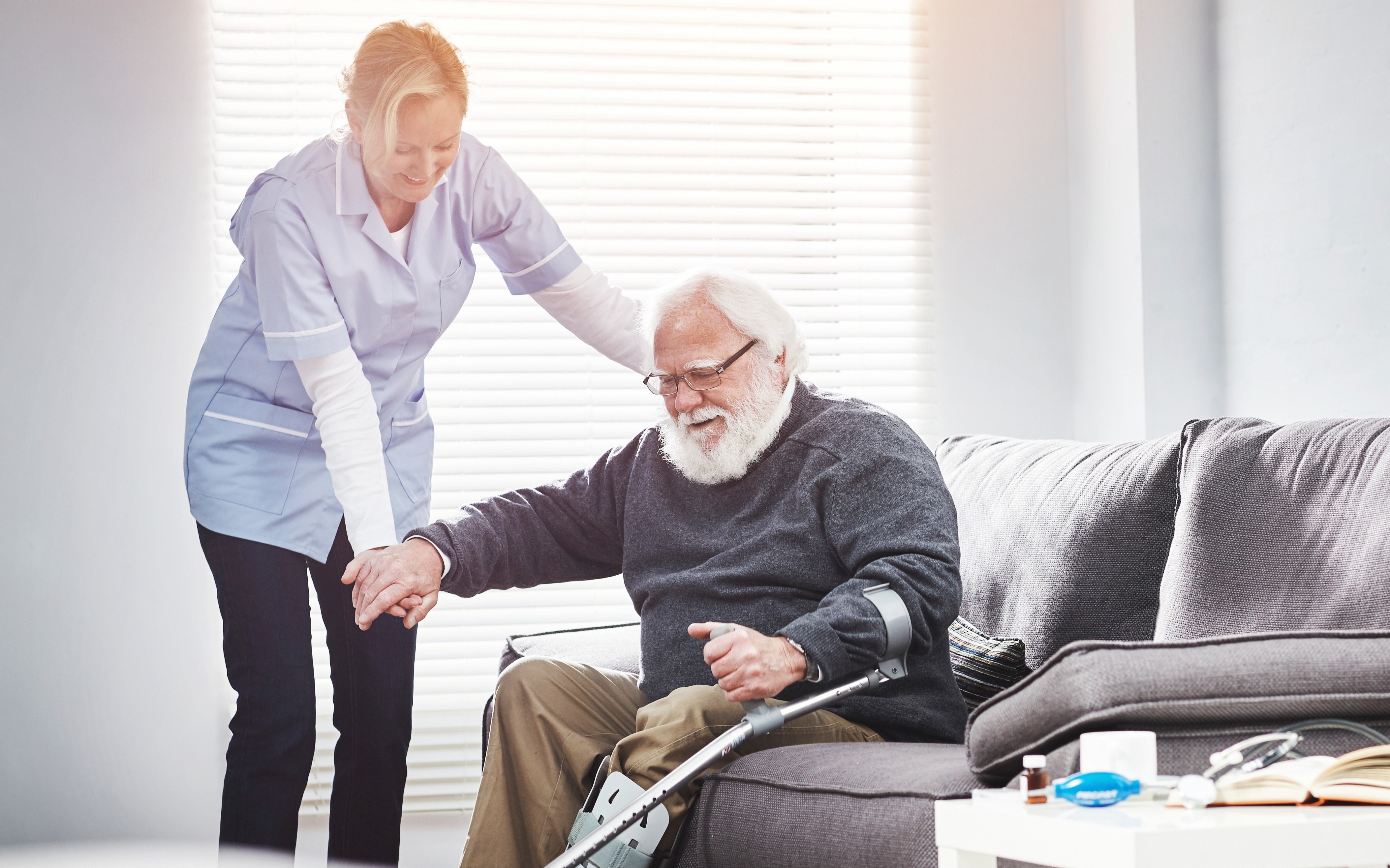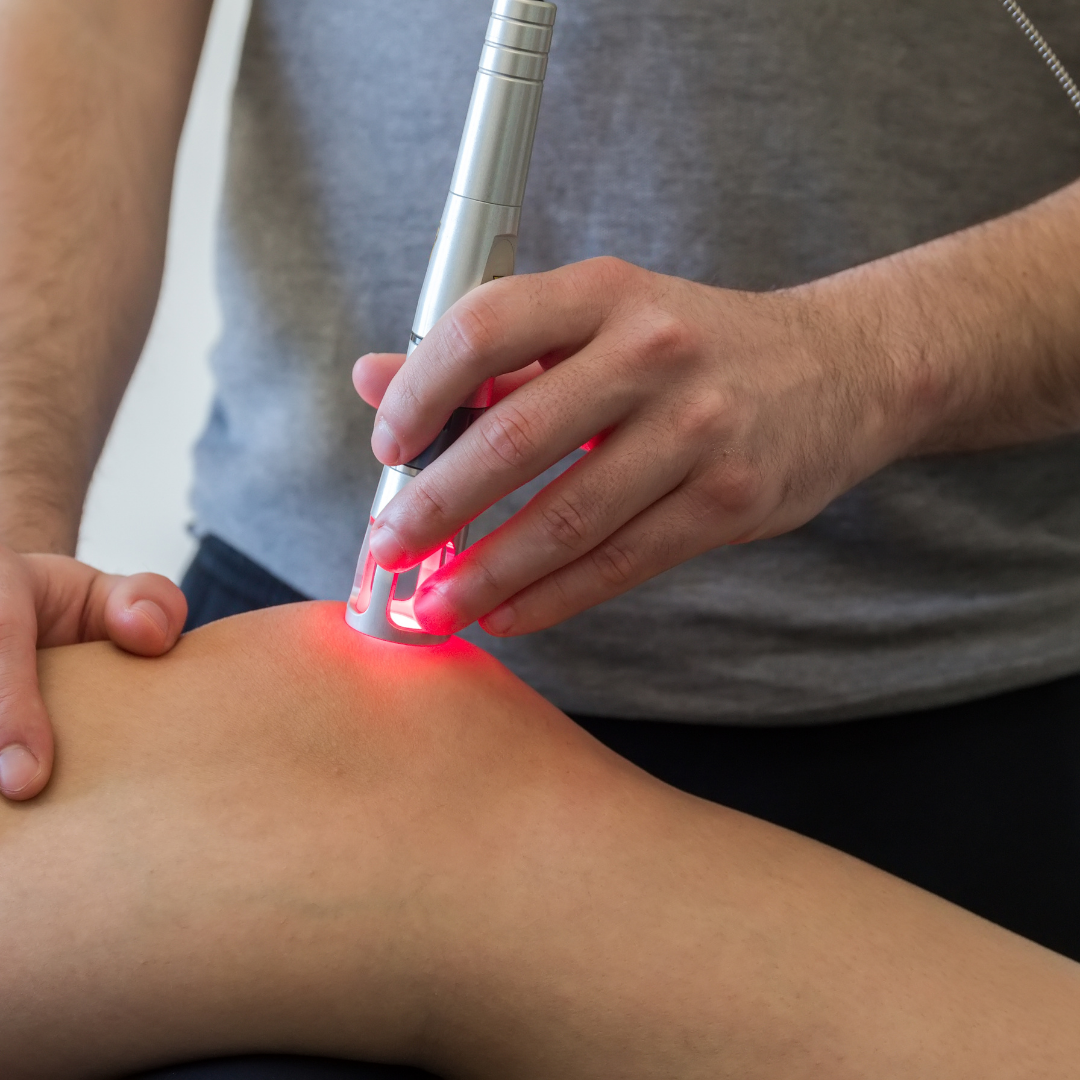Iliotibial Band Syndrome (ITBS) is an overuse injury that describes damage to, and inflammation of, the iliotibial band (ITB) where it crosses the outside of the knee. It is also known as iliotibial friction syndrome. The iliotibial band is a long thick band of connective tissue (fascia) that runs down the outside of the hip, from the area of the hip and buttock, down to the bottom of the femur (thigh bone) and the top of the tibia (shin bone) on the outside of the leg. Every time you take a step, the ITB moves across a bony bump on the outside of the knee called the femoral condyle. This is the point at which the damage tends to occur. ITBS causes knee pain and is one of the most common causes of Runner’s Knee (patellofemoral pain syndrome), in which ITB tightness can cause the patella (kneecap) to mistrack and move out of alignment, causing pain and damage to the knee structures.
The painful symptoms from ITBS develop as a result of friction from the ITB rubbing against the outside of the knee joint at the femoral condyle, causing damage and inflammation. This typically occurs in activities involving repetitive movement of the ITB that involve the bending of the knee, such as running. Contributing factors include:

The primary symptom of ITBS is pain on the outside of the knee that is aggravated by running and movements where the knee is bent and straightened repeatedly. Other symptoms may include:
The initial focus on treatment is to reduce the painful symptoms and allow the ITB to heal. Resting, ice and anti-inflammatories can help achieve this, and will stop the damage from worsening which means a longer recovery time. Once the symptoms have settled, treatment focuses on addressing the cause of the ITBS to stop it from happening again. Your podiatrist will carry out a thorough biomechanical assessment to identify the contributing causes to your ITBS. From here, a treatment plan will be made based on your results and findings. This may include:

If you’re unsure whether you should wear walking or running shoes when exercising, this article is for you.
We explain the differences between walking and running shoes and how to determine which one is best for your feet. When it comes to buying a new pair of shoes, most people walk into a store expecting to just “find something comfy.” Then, suddenly, you’re asked: Are you looking for
walking shoes or running shoes? And that’s where the confusion begins. Because for many people, the answer isn’t that simple.
You could walk a lot – to work, around the block, chasing after the kids, or while catching up with friends. You could have also just joined
a gym or registered for the Couch to 5km. Or you could be a walker who just wants the option to go for a run if the mood strikes. So, which
shoe do you pick?

Discover why foot health is so important as we age and how Perform Podiatry supports seniors in staying mobile, independent, and pain-free. From diabetic care to personalised treatment plans, we’re here to help keep your feet happy and healthy, every step of the way.

Discover how Class IV Laser Therapy at Perform Podiatry offers powerful, drug-free relief for foot and ankle pain. Backed by science, this advanced treatment helps you heal faster and move better, without the need for surgery or medication.
Keeping your family on their feet and helping them to walk, run, play and exceed their goals is why we love getting up in the morning.
Ground Floor, One Health Building
122 Remuera Rd, Remuera
Auckland 1050, New Zealand
| MON - FRI | 7:30am – 6:30pm |
| SAT | 8:30am – 4:30pm |
| SUN | Some availability |
Make an Appointment
Online Schedule
Our virtual receptionist is available 24/7 to help with general questions, booking requests, and clinic information, even when our team is busy, or it's after hours.
Whether you're calling us or using our website, you'll get fast assistance any time of day. And if your query needs a personal touch, a member of our team will follow up as soon as possible.